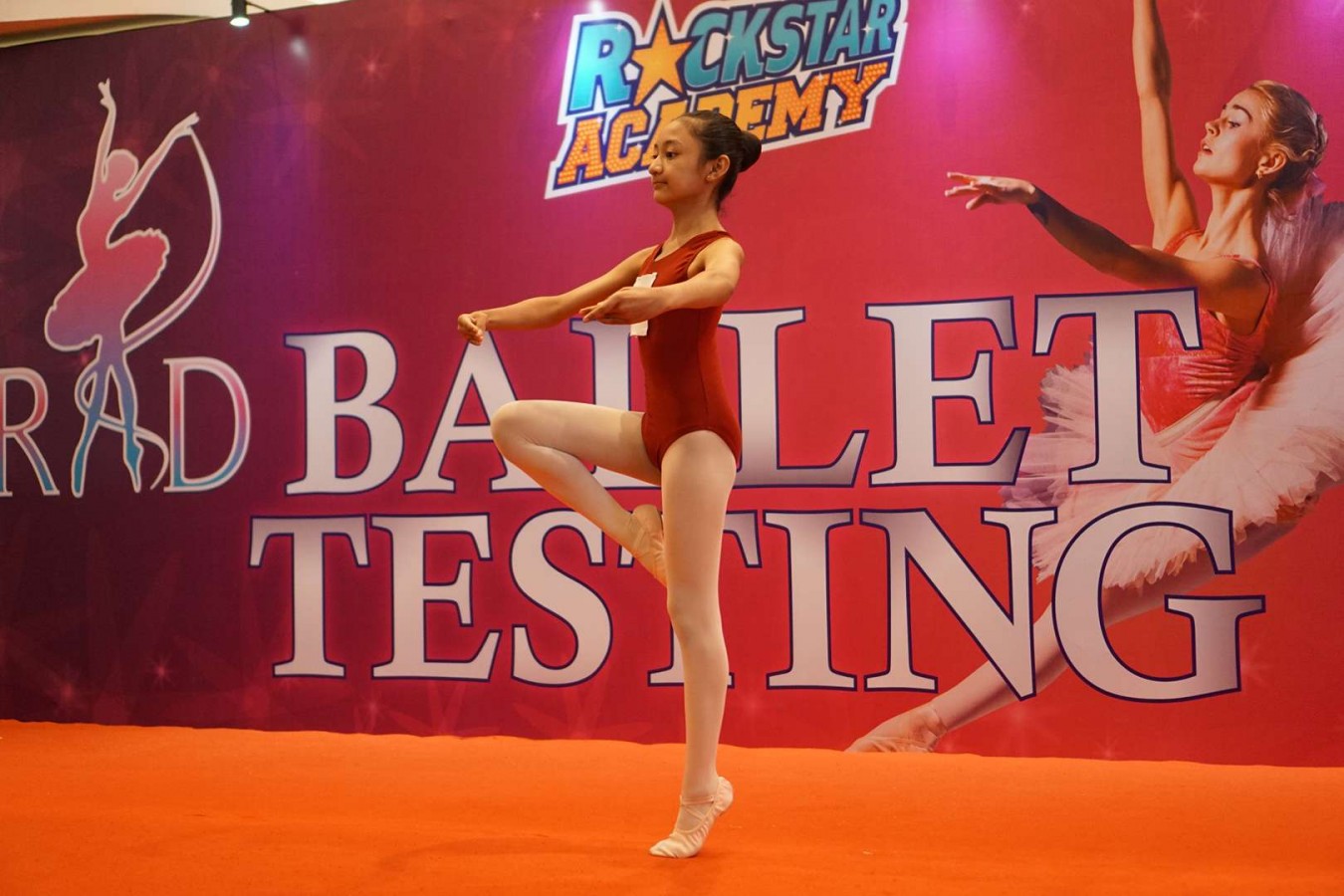Pirouette Ballet: Ballet Techniques for Flawless Execution

There are so many beautiful movements in ballet dance such as Developpe, Pirouette and many more. Pirouettes are among the most iconic and challenging movements in ballet that showcasing a dancer’s balance, strength, and grace.
Executing a flawless pirouette requires a blend of technical precision, body alignment, and mental focus. This article will explain what pirouettes are in ballet, how to improve them, the proper body alignment, and tips for beginners aiming to master this beautiful and demanding turn.
What is Pirouette Ballet?
A pirouette is a turn executed on one leg, typically with the other leg in passé (with the foot placed near the knee of the supporting leg). Pirouettes can be performed in various directions and positions, such as en dehors (turning outward, away from the supporting leg) or en dedans (turning inward, toward the supporting leg).
The ability to perform multiple pirouettes consecutively is a hallmark of an advanced dancer’s skill.
How to Improve Pirouettes
Improving pirouettes involves refining technique, building strength, and enhancing balance. Make sure you have mastered the foundational ballet moves, as these will help you progress to more advanced techniques. Here are some effective strategies:
1. Strength Training
Strengthen the muscles used in pirouettes, including the core, legs, and ankles. Exercises like relevés, planks, and calf raises are beneficial.
2. Balance Exercises
Practice balancing on one leg to improve stability. Standing on a balance board or using a Bosu ball can enhance your proprioception and control.
3. Spotting
Improve your spotting technique by focusing on a fixed point and snapping your head quickly during the turn. This helps maintain balance and prevent dizziness.
4. Controlled Practice
Start with single turns and gradually progress to multiple pirouettes. Focus on maintaining control and alignment throughout the turn.
5. Professional Feedback
Regularly seek feedback from ballet instructors to identify areas for improvement and ensure correct technique.
Body Alignment in Pirouettes
Proper body alignment is crucial for executing flawless pirouettes. Proper body alignment will also prevent you from prolonged injury. Here’s key points of alignment include :
A. Head
Keep your head upright and aligned with your spine. Use spotting by fixing your gaze on a specific point and snapping your head quickly during the turn to maintain balance and prevent dizziness.
B. Shoulders
Keep your shoulders level and relaxed, not hunched. They should remain square to your hips, without twisting.
C. Hips
Ensure your hips are square and level. Avoid tilting or twisting them to maintain stability.
D. Core
Engage your core muscles to support your spine and maintain stability. Keep your torso upright and avoid leaning forward or backward.
E. Legs
The supporting leg should be straight and strong, with the knee over the toes. Stay on the ball of your foot (relevé) for balance. The working leg should be in passé position, with the toe touching the knee of the supporting leg. Ensure the knee is turned out to the side.
F. Arms
Hold your arms in a rounded position, typically in first or second position. Keep them stable and coordinated with your body to help with balance.
G. Feet
The foot of the working leg should be pointed, and the supporting foot should be firmly on relevé.
Tips for Beginners to Master Pirouettes
For beginners, mastering pirouettes can be challenging but achievable with consistent practice and attention to detail.
Taking ballet classes, such as those offered by the Sports & Performing Arts Academy program at Rockstar Academy, can also be beneficial. Here are some tips to help you get started:
1. Start with the Basics
Focus on mastering the fundamental elements of a pirouette, such as relevés, balancing in passé, and proper spotting.
2. Use the Barre
Practice at the barre to build strength and stability. Gradually move away from the barre as your confidence grows.
3. Work on Core Strength
Incorporate core-strengthening exercises into your routine, such as planks, sit-ups, and leg lifts.
4. Practice Spotting
Improve your spotting technique by practicing in front of a mirror. Snap your head quickly and focus on a fixed point.
5. Maintain Consistent Alignment
Regularly check your body alignment in the mirror or seek feedback from instructors to ensure correct positioning.
6. Stay Relaxed
Tension can disrupt balance and control. Keep your body relaxed and avoid overthinking the movement.
7. Be Patient
Remember that progress takes time. Exercise consistently and celebrate small improvements so you can stay committed to regular practice.
Learn This Beautiful Moves, Pirouette!
By understanding the mechanics of the movement, focusing on body alignment, and implementing strategies to improve strength, balance, and control, dancers can work towards executing flawless pirouettes.
If you're a beginner or an experienced dancer, consistent practice, professional guidance, and a positive attitude are key to mastering this iconic ballet move.
At Rockstar Academy, students are given the opportunity to participate in Events & Competitions every year. For ballet, there are several events and competitions that are offered when you enroll in Rockstar Academy Ballet class.
Our ballet students will have opportunities to participate in Elite Championships, RockOlympics, Ballet & Contemporary Dance Recital and also RAD Ballet Testing. With these competitions, children can become more confident and at the same time hone their skills that have been learned.
Curious to find more? Go sign up for our free trial ballet class and experience it yourself, our magical and fun ballet class!

FAQ
How long does it take to master a pirouette?
The time it takes to master a pirouette varies depending on factors like previous dance experience, strength, and flexibility. With consistent practice, beginners can see significant improvement within a few months.
Can anyone learn to do a pirouette, or is it only for advanced dancers?
Anyone can learn to do a pirouette with proper instruction and practice. It is a foundational move in ballet that becomes more refined with experience.
What should I do if I get dizzy while practicing pirouettes?
Focus on improving your spotting technique to help prevent dizziness. Take breaks if needed and gradually increase the number of turns as your spotting improves.



